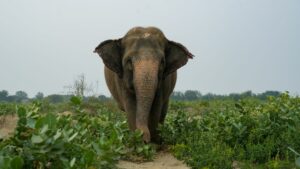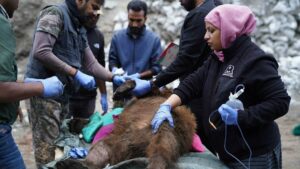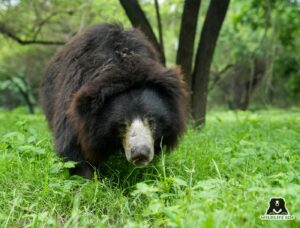In 2023, deep in the forests of the Nilgiri Biosphere Reserve, a group of six poachers believed they could continue a dark trade that has long haunted India’s wildlife. Armed with snares, spears, and jaw traps, they sought to kill tigers and leopards, strip them of their skins and bones, and sell them into the lucrative black markets of Southeast Asia. What they did not know was that their movements were being tracked by infiltrating their location, and their every step was being followed by dedicated investigators from Wildlife SOS, in close coordination with the Tamil Nadu Forest Wildlife Crime Control Bureau (TNFWCCB). That mission culminated in their arrest with a 10-foot-long tiger skin, one tiger skeleton, and one leopard skeleton, along with concealed hunting devices and weapons.
But the real victory of this operation arrived recently, when a Tamil Nadu court convicted and sentenced the six poachers to three years in prison and a penalty under the Wildlife (Protection) Act, 1972. This conviction marks a rare and historic moment in India’s battle against wildlife crime, one that proves justice for wildlife is possible when enforcement, intelligence, and perseverance come together.
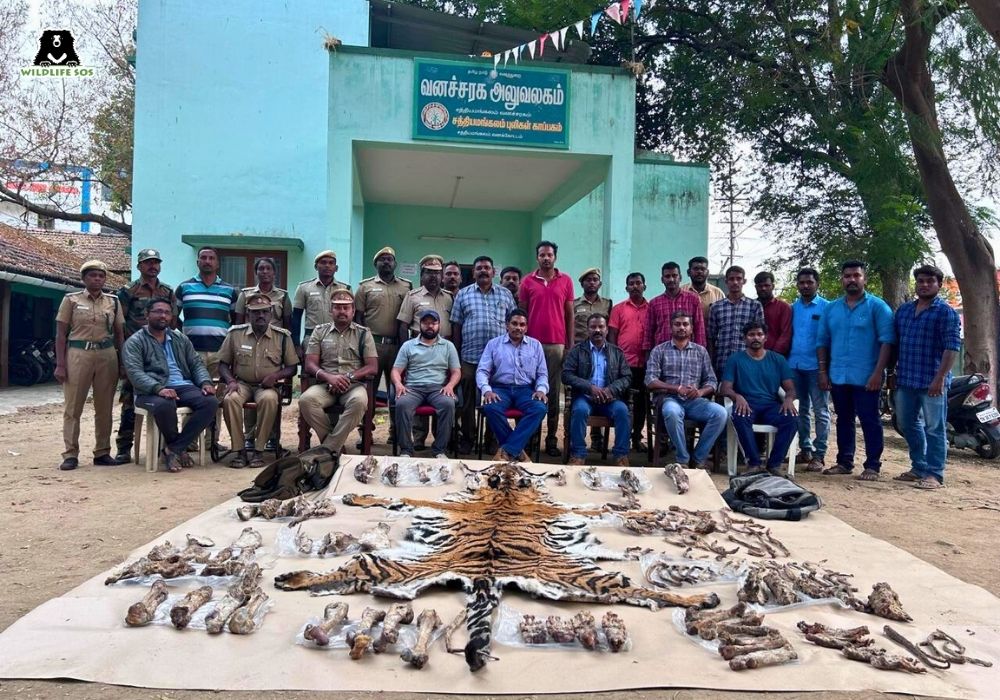
A Two-Year-Long Pursuit of Justice
Wildlife crime convictions in India are hard to achieve. Even with high rates of poaching, the number of convictions stays very low. This is due to gaps in evidence, long trials, and ongoing challenges in the system. This is why this judgment is so significant. For more than two years after the 2023 bust, Wildlife SOS worked alongside the TNFWCCB, forest department, and state police to ensure that the case did not lose momentum. Repeated and persistent bail applications were opposed, and every bit of evidence was produced, underscoring the gravity and magnitude of the crime to the judiciary. This resulted in a landmark ruling. The six members of the infamous Bawaria poaching community, who have long been associated with tiger and leopard killings across India, will now serve their sentences in the Coimbatore Central Jail.
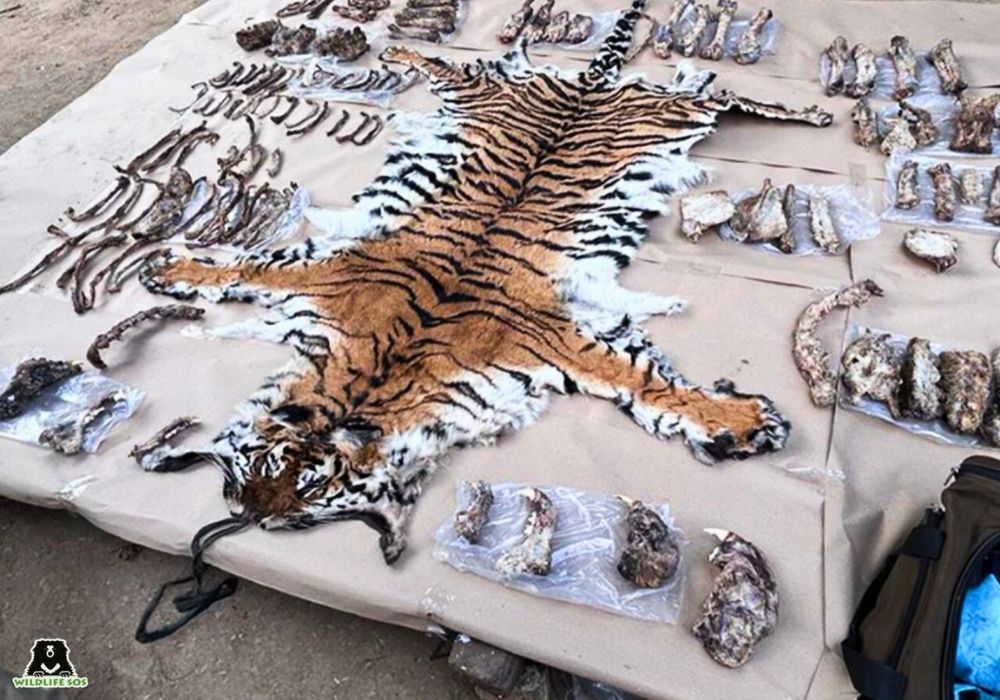
The courtroom victory may be what the entire operation culminated in, but behind it lies the story of incredible courage and risk that Wildlife SOS investigators showed. To gather actionable intelligence, our ‘Forest Watch’ team infiltrated the Bawaria community to live alongside poachers and gain their trust. The intelligence was passed on to the TNFWCCB, enabling enforcement agencies to swoop in at precisely the right moment. The joint team intercepted the poachers in Sathyamangalam Tiger Range, catching them red-handed with evidence that would later become central to the conviction. During interrogation, the accused revealed hidden hunting tools, more leopard skins, and active jaw traps still set in the forests of the Nilgiris. Authorities dismantled these devices before they could take more lives. This level of infiltration and coordination is rare in India’s conservation history and highlights the lengths to which Wildlife SOS will go to protect the country’s wildlife.
Why This Conviction Matters
India is home to nearly 3,000 tigers, which is more than half of the world’s tiger population. While this number represents hope, it also makes India the primary target for poachers catering to demand from markets in China and Vietnam. Skins, bones, claws, and even whiskers are trafficked for traditional medicine or as luxury items. The same body parts of leopards are highly demanded as coveted items, as symbols of wealth, and their bones, just like tiger bones, are used to create traditional medicine. Methods to acquire these include poisoning, electrocution, and jaw traps like those recovered in the Nilgiris.
Each tiger or leopard lost represents not just an animal killed, but an ecosystem destabilised. Both big cats are apex predators, and their survival is critical for the health of forests and biodiversity. Convictions like the one achieved in Tamil Nadu are very rare, but they are extremely important. They show that wildlife crime has real consequences and deters others who might consider carrying out illegal trade. They also help restore faith in the legal system, proving that, with persistence, even powerful poaching networks can face strong punishments.
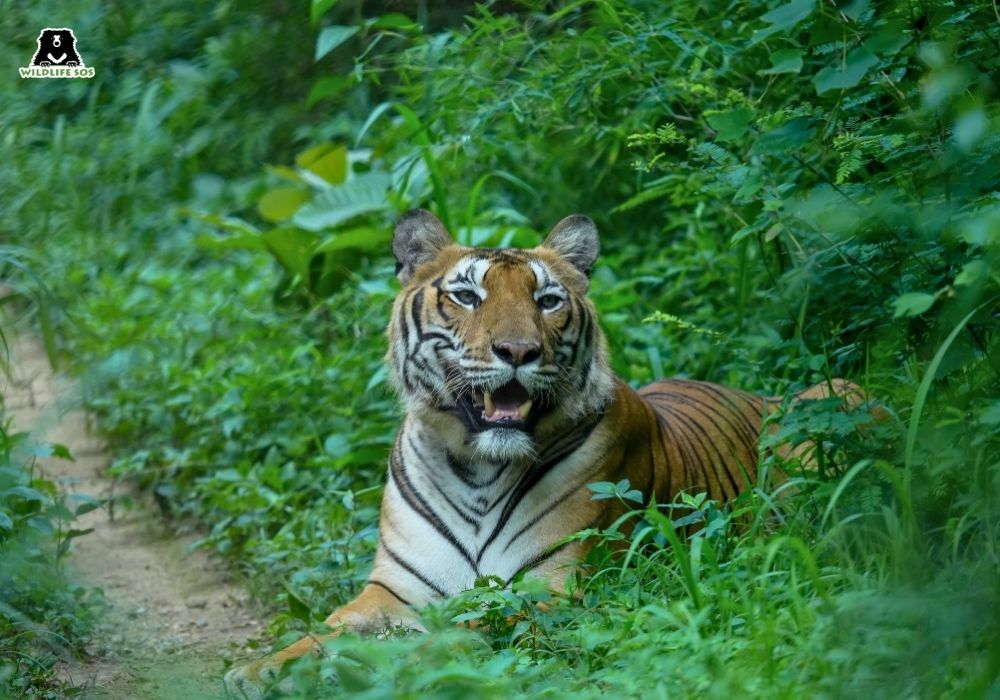
For decades, the poaching of tigers has led to the loss of these magnificent animals, which in turn led to further decline of ecosystems. This case serves as a supreme example of legal action that led to accountability and justice. The conviction of six poachers shows what can happen when NGOs, government agencies, and enforcement groups work together to protect the Bengal tiger — a majestic yet endangered species. It proves that with courage, smart planning, and determination, we can tackle the illegal wildlife trade. However, the battle against such crimes is not over. Poaching rings are still active, demand is high, and tigers outside protected areas are still at risk. Indian authorities must remain vigilant. Strengthening intelligence networks, empowering enforcement agencies, and supporting community-based conservation need to be taken as top priorities.
Wildlife SOS’s Forest Watch team stands guard against poaching activities. It continues to track trafficking routes, breaking into poaching networks, and providing vital intelligence to law enforcement agencies. Our work does not stop at seizure or conviction; it extends to community involvement, education and long-term advocacy with a pledge and aim to destroy the demand that fuels this trade. And while doing this, we have received immense support from the public. Every contribution helps us to station investigators on the ground, informants in place, and legal teams always prepared to seek justice.
You too can join us in this fight against wildlife crime. Support Wildlife SOS’s anti-poaching programme and help us protect the future of India’s wild animals.
Feature image: Kunal Malhotra/ Wildlife SOS

